The God of Sun: Ra
Ra is the ancient Egyptian deity of the sun. By the Fifth Dynasty, he had become one of the most important gods in ancient Egyptian religion, identified primarily with the sun. Ra was believed to rule in all parts of the created world. He was the god of the sun, order, kings, and the sky.
In one of his many forms, Ra, the god of the sun, has the head of a falcon and the sun disk inside a cobra resting on his head. He shared characteristics with the sky god Horus. At times the two deities were merged as Ra-Horakhty (Ra, who is Horus of the Two Horizons).
His family
The cult of the Mnevis bull, an embodiment of Ra, had its center in Heliopolis and there was a formal burial ground for the sacrificed bulls north of the city.
All forms of life were believed to have been created by Ra. In some accounts, humans were created from Ra’s tears and sweat, hence the Egyptians call themselves the “Cattle of Ra”. In the myth of the Celestial Cow, it is recounted how mankind plotted against Ra and how he sent his eye as the goddess Sekhmet to punish them.
Ra’s daughter with Nut was named Hathor, the goddess of love. Ra had two children Shu, the god of air, and Tefnut, the goddess of the rain. They had two children named Nut, the goddess of the sky, and Geb, the god of the earth. They had five children named Isis, the goddess of the home, Nephthys, the goddess of mourning, Set, the god of the desert, Osiris, the god of the afterlife, and Horus the elder. They paired up and had two more children, Anubis, the god of embalming, and Horus, the god of the sky.
His Power
Ra was believed to be the greatest Egyptian god when it came to powers. His powers live in his hidden name. Only he knew his hidden name so only he could use the powers. He could make anything, he made people, he made the world, and he made the heavens. That is how great his powers were. One day Isis wanted to have his powers so she sent a serpent to poison him on his daily walk. The serpent's venomous bite was so painful that Ra gave in and told her his secret name of creation. Then Isis banished Ra to the Duat, (Spirit World), so Osiris her husband could be king.
The sun is the giver of life, controlling the ripening of crops which were worked by man, because of the life-giving qualities of the sun the Egyptians worshiped the sun as a god. Since the people regarded Ra as a principal god, creator of the universe, and the source of life, he had a strong influence on them, which led to him being one of the most worshiped of all the Egyptian gods and even considered King of the Gods. At an early period in Egyptian history, his influence spread throughout the whole country, bringing multiple representations in form and in the name. The most common form combinations are with Atum, Khepri, and Horus. The form in which he usually appears is that of a man with a falcon head, which is due to his combination with Horus, another sky god. On top of his head sits a solar disc with a cobra, which in many myths represents the eye of Ra. At the beginning of time, when there was nothing but chaos, the sun god existed alone in a large mass of water that filled the universe. “I am Atum when he was alone in chaos, I am Ra when he dawned when he began to rule that which he had made.” He created the Shu, god of air, and the goddess of rain, Tefnut. The siblings symbolized two universal principles of humans, life and justice.
According to one myth, the first portion of Earth came into being when the sun god summoned it out of the mass of water.
In the underworld, Ra was thought to travel on the Atet, two solar barques called the Boat of Millions of Years or morning boat and the Mesektet or evening boat. These boats took him on his journey through the sky and the Duat, twelve hours of the night which is also the literal underworld of Egypt. While Ra was on the Mesektet, he was in his ram-headed form. When Ra traveled in his sun boat, he was accompanied by various other deities including Sia and Hu, as well as Heka. Sometimes, members of the Ennead helped him on his journey, including Set, who overcame the serpent Apophis, and Mehen, who defended against the monsters of the underworld. When Ra was in the underworld, he would visit all of his various forms. He is called Af or Afu in the underworld
Apophis, the god of chaos, was an enormous serpent who attempted to stop the sun boat’s journey every night by consuming it or by stopping it in its tracks with a hypnotic stare. The night boat would carry him through the underworld and back towards the east in preparation for his rebirth. These myths of Ra represented the sun rising as the rebirth of the sun by the sky goddess Nut; thus attributing the concept of rebirth and renewal to Ra and strengthening his role as a creator god as well. When Ra was in the underworld, he merged with Osiris, the god of the dead.
The eye of Ra
The Eye of Ra or Eye of Re is a being in ancient Egyptian mythology that functions as a feminine counterpart to the sun god Ra and a violent force that subdues his enemies. Extensions of Ra’s power were often shown as the eye of Ra, which was the female version of the sun god. Ra had three daughters Bastet, Sekhmet, and Hathor who were all considered the eye of Ra who would seek out his vengeance. Sekhmet was the Eye of Ra and was created by the fire in Ra’s eye. She was violent and sent to slaughter the people who betrayed Ra, but when calm she became the more kind and forgiving goddess Hathor. Sekhmet was the powerful warrior and protector while Bastet, who was depicted as a cat, was shown as gentle and nurturing.
The Eye of Ra can be equated with the disk of the sun, with the cobras coiled around the disk, and with the white and red crowns of Upper and Lower Egypt.
The Eye of Ra was involved in many areas of ancient Egyptian religion, including in the cults of the many goddesses who are equated with it. Its life-giving power was celebrated in temple rituals, and its dangerous aspect was invoked in the protection of the pharaoh, of sacred places, and of ordinary people and their homes.


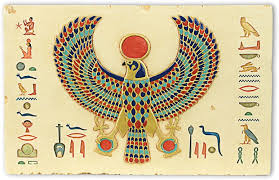
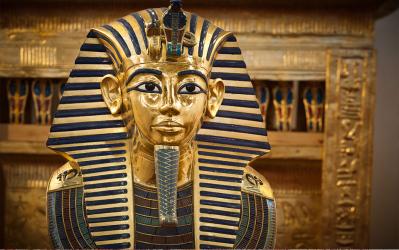
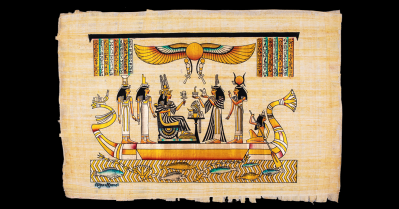
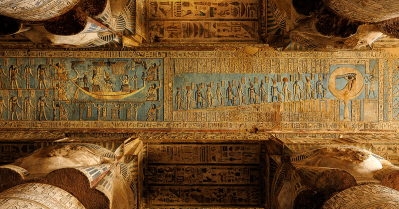
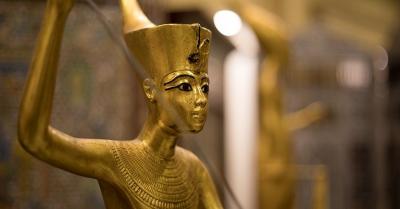
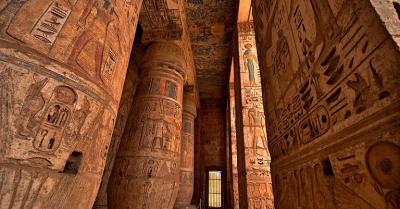
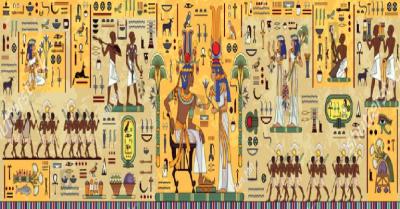
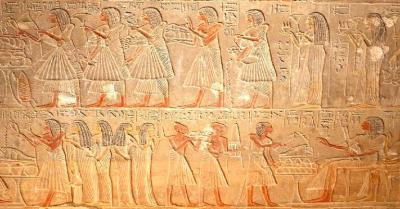
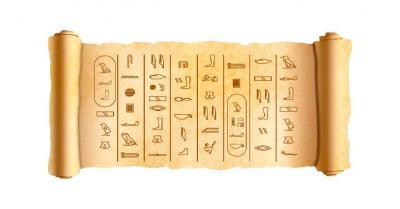

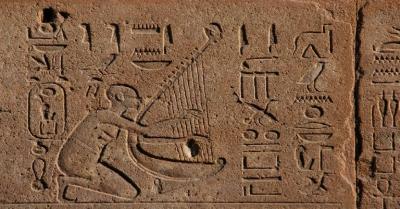
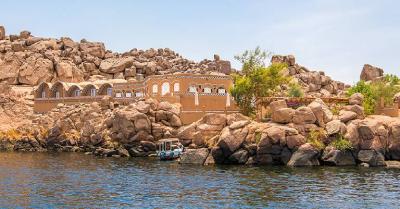
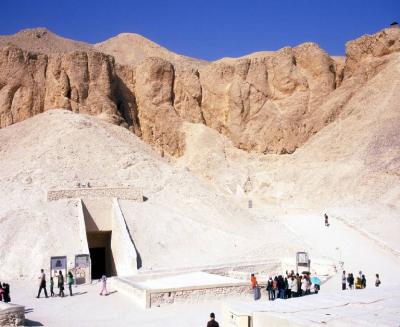
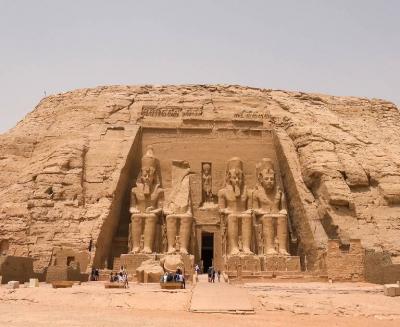
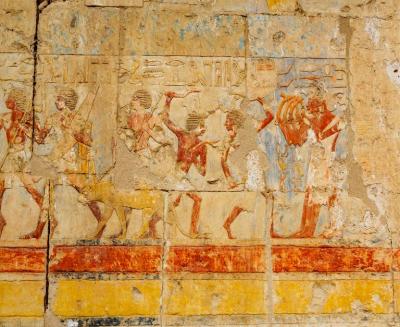
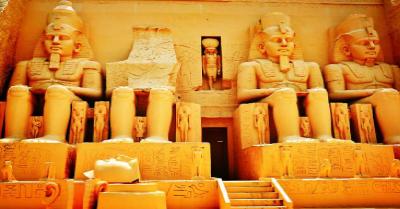
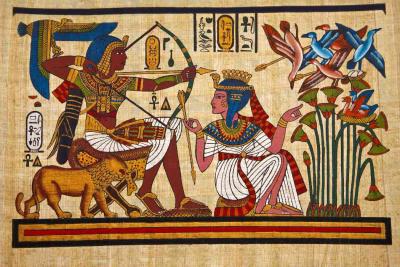
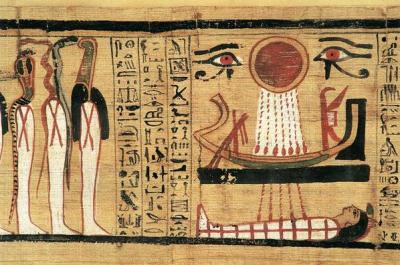
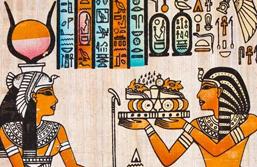
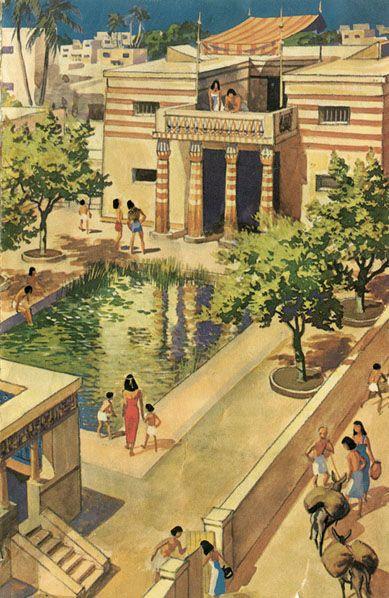
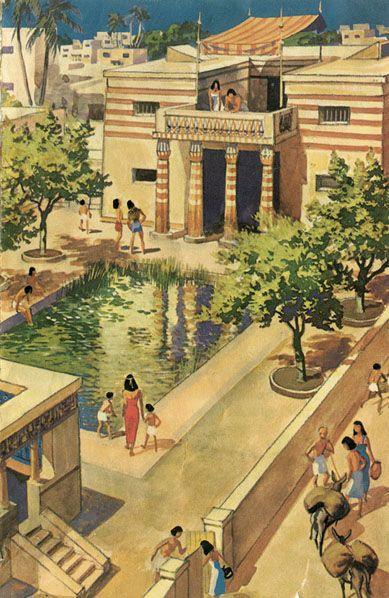
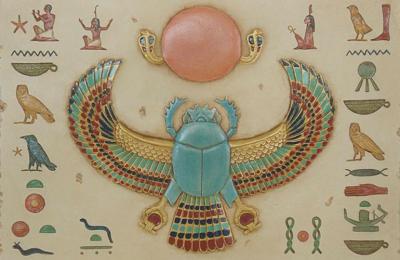
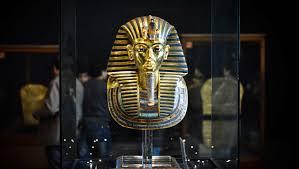
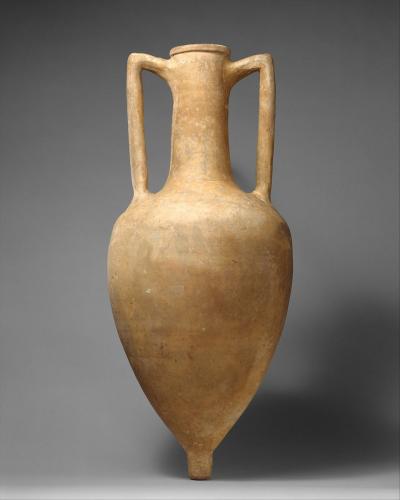
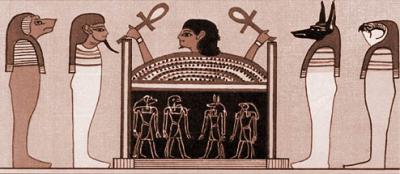
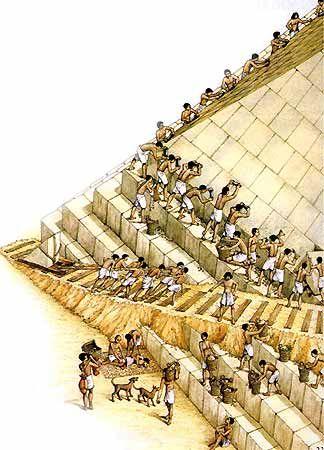
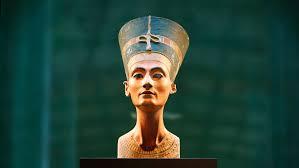
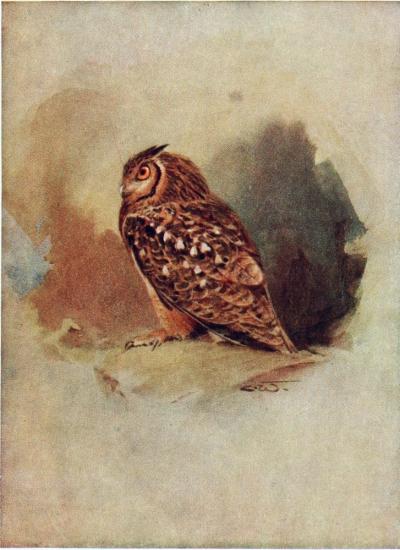
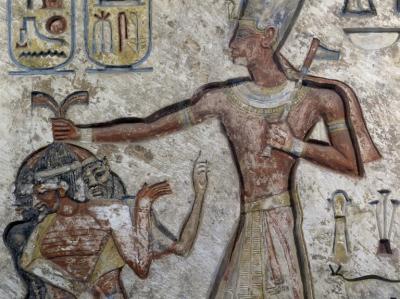
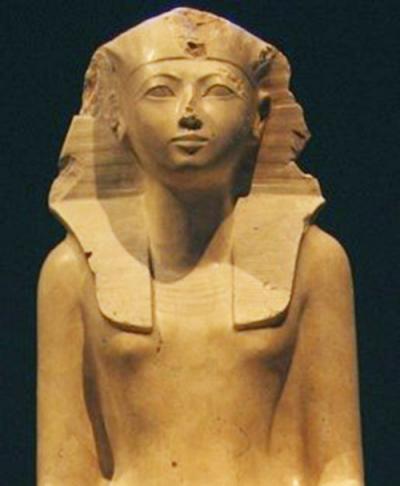
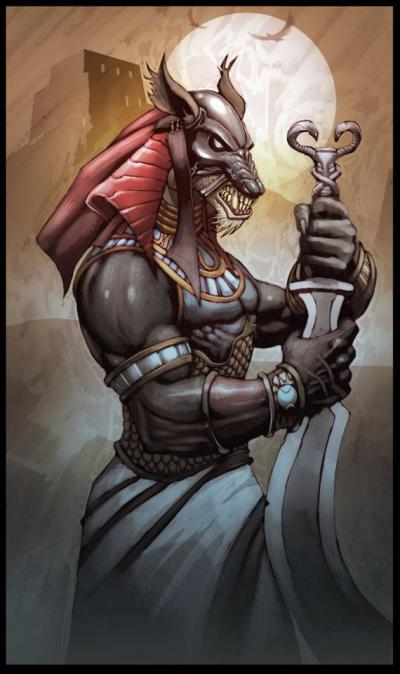
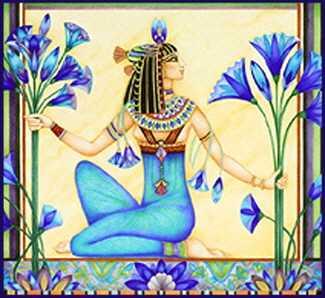

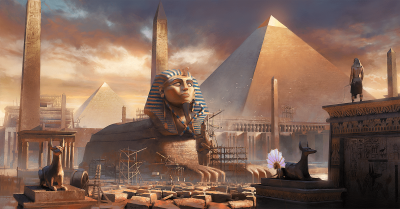
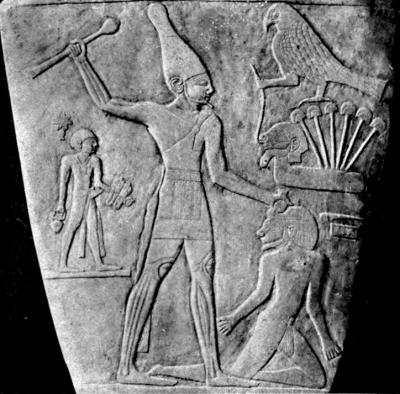



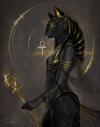




Comments